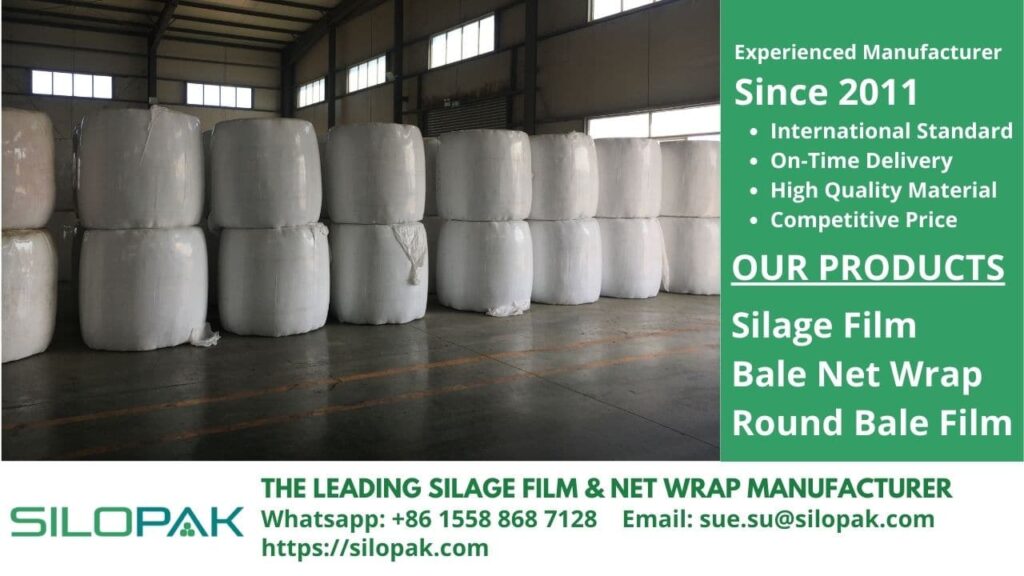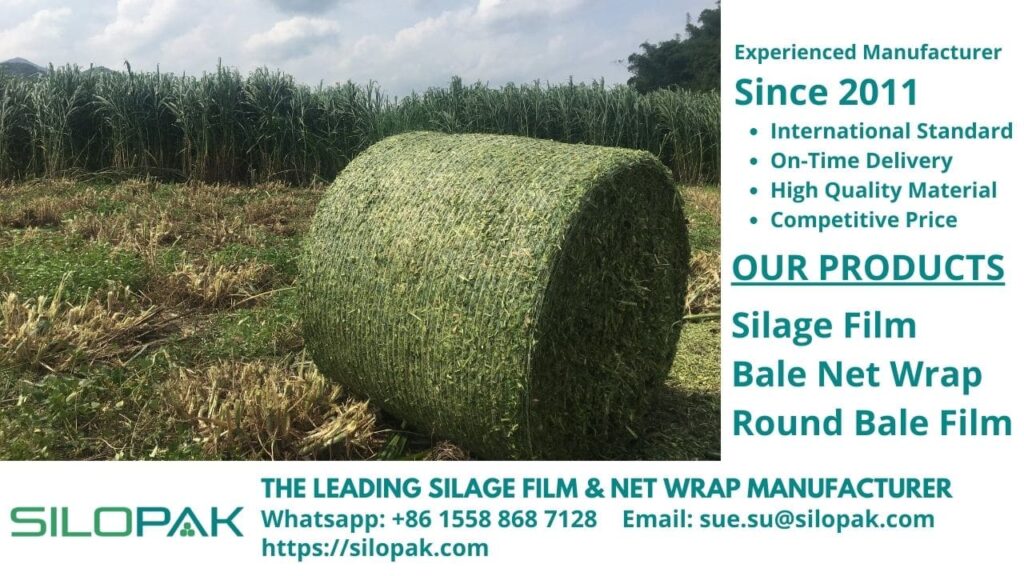
Every side of human life will always use plastic. This type of plastic softens when heated and hardens when cooled. This process produces a thermoplastic containing hydrocarbon resin and glass beads. Strong durability, high reflection, and recyclability make thermoplastic materials widely used in various industries. Polyethylene is one of the most widely used thermoplastics. Ranging from home industries and food to livestock and agriculture use it for various needs.
contents
Environmental Problems from Polyethylene Waste
Polyethylene is a superior product that is created to be tight and resistant to water; even high-density one can withstand bad weather and is so reliable to wrap any material. The food industry uses polyethylene to package finished products so that they reach buyers in good condition.
Farmers also use high-density polyethylene such as HDPE to wrap animal feed and straw for longer storage. All corners of human life will certainly not be far from this plastic.
The widespread use of polyethylene has gradually become a serious environmental problem. The nature of polyethylene which is difficult to be degraded by nature, pollutes the environment quite seriously. The use of plastic materials began to be reduced by certain policies in a country.
Most people are worried about the policy because they still really need polyethylene to support their daily activities. Until one day, found bacteria capable of degrading it. Its inventor was a 16-year-old teenager named Daniel Burd. Sphingomonas, together with Pseudomonas bacteria, can degrade the materials more quickly. However, as a human being who loves the environment, it is better to limit the use of polyethylene to only essential things.
Types of Polyethylene
You cannot apply polyethylene for food to wrap straw as well as polyethylene for straw as a food wrap. Also, polyethylene for chemical packaging is different. It is classified according to density, crystal structure, molecular weight, and branching. You need to know so that you are not wrong in choosing polyethylene products on the market.
- HDPE. High-density polyethylene. The intermolecular strength of this type is very high. That’s why HDPE is widely used as detergent packaging, milk bottle-making material, water pipes, bales wrappers, trash cans, and margarine packaging.
- LDPE. Low-density polyethylene. Low intermolecular strength with low tensile strength. This is a thermoplastic made from petroleum. LDPE is commonly used in food containers, laboratory containers, plastic bags, electronic parts, and as an anti-corrosion surface coating.
- MDPE. Medium-density polyethylene. This thermoplastic is between HDPE and LDPE, where it has good resistance to pressure. Gas pipelines are an example of the application of MDPE.
- PEX. Cross-linked polyethylene. It has a medium to high density and has crosslinked links in its polymer structure. PEX is highly resistant to chemicals, along with its resistance to high temperatures.
- LLDPE. Linear low-density polyethylene. Its tensile strength is higher than LDPE, and it is resistant to high pressure.
- UHMWPE. Ultra-high molecular weight polyethylene. Its density is lower than HDPE, but its high molecular mass makes this plastic very strong. UHMWPE is commonly used as part of moving rotating machines, connectors and protectors on the outside, parts of can-carrying machine hip and knee replacement implants in surgery, and bulletproof materials.

HDPE Wide Application
It can withstand high temperatures and are very resistant to chemicals making HDPE polyethylene with a wide range of applications. You can use HDPE thermoplastic to pack milk, detergent, plastic bags, water pipes, plastic wood, chemical transport containers, cable wrappers, fuel tanks, folding tables, and chairs, make natural gas piping systems and geothermal transfers, snow skateboards, wrapping bales for agriculture and animal husbandry, and many other uses.
One of the things that are profitable for farmers and ranchers is HDPE for net wrappers. The agricultural produce, the mix of feed, and hay they collect for months will be safe in any unfavorable conditions with HDPE net wrap.
HDPE Bale Wrapping
This polyethylene is suitable as a bale wrapping material because of its high thermoplastic properties. Bale net wrap is in dire need of the plastic which is 100% high-density UV stabilized polyethylene that is resistant to high UV rays, resistant to claws and rodent teeth during storage, prevents high humidity from feed, is not easy to tear, and resistant to any current weather conditions.
Proper use of HDPE net wrap from an experienced manufacturer in the silage film industry offers a high level of protection and increased farm profits. Quality feed is feed that is protected from high humidity and high UV exposure, safe from rodent poisons, and free from harmful fungi and bacteria.
This quality feed will increase the productivity of your livestock. Meat, milk, skin, and eggs from your livestock will be of much higher quality. It all starts with wrapping the bales.
Silopak understands the needs of breeders and farmers for quality feeds. We have also been committed since 2011 to producing the leading silage film and the best bale net wrap with reliable polyethylene. We have business partners spread all over the world who have proven themselves the quality of our products. Are you ready to join us to save your livestock feed?

